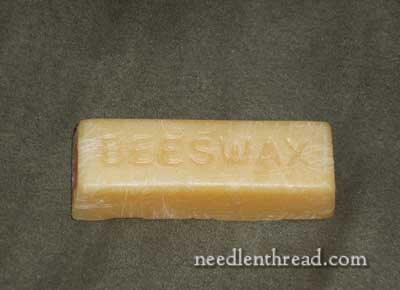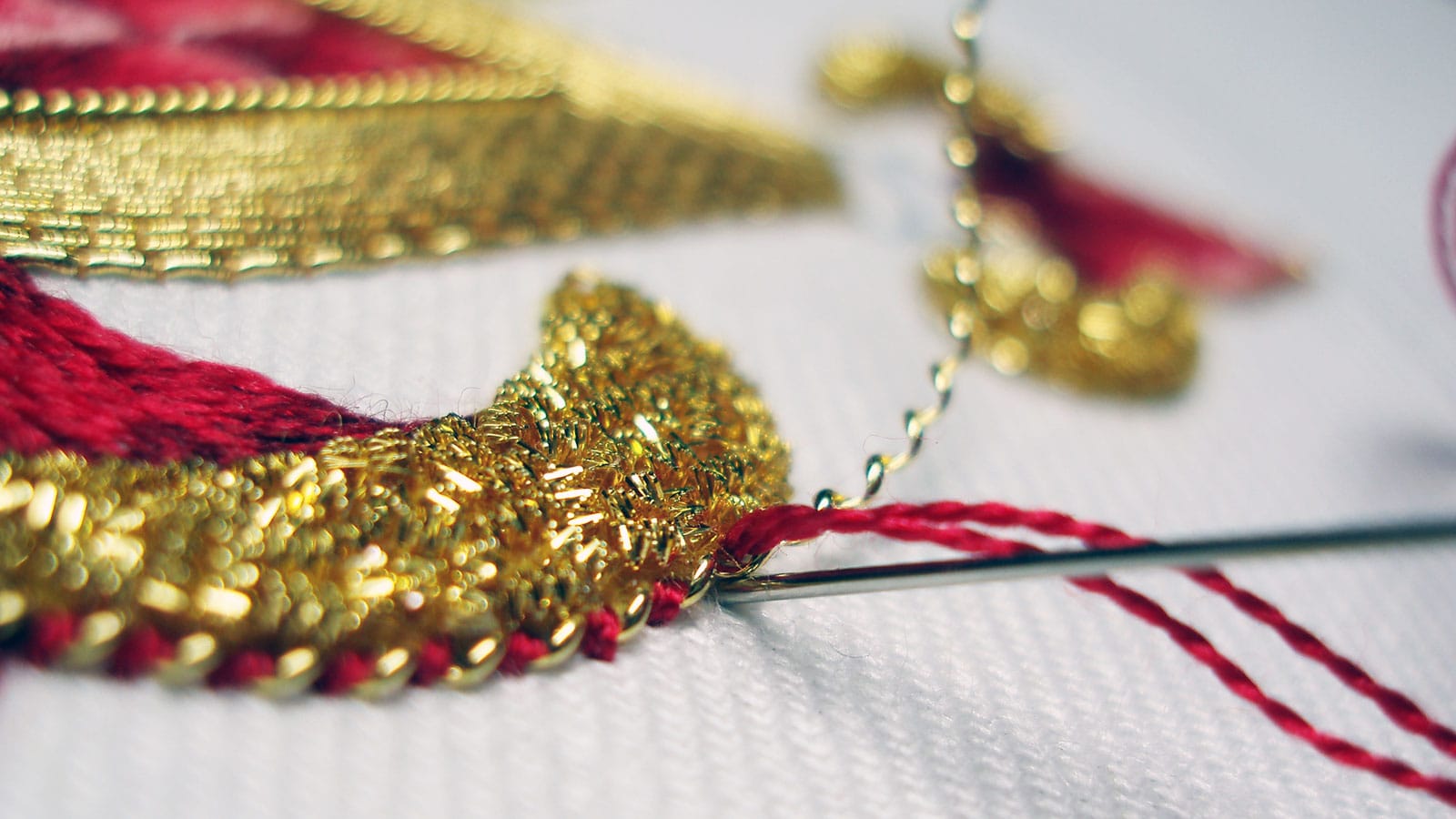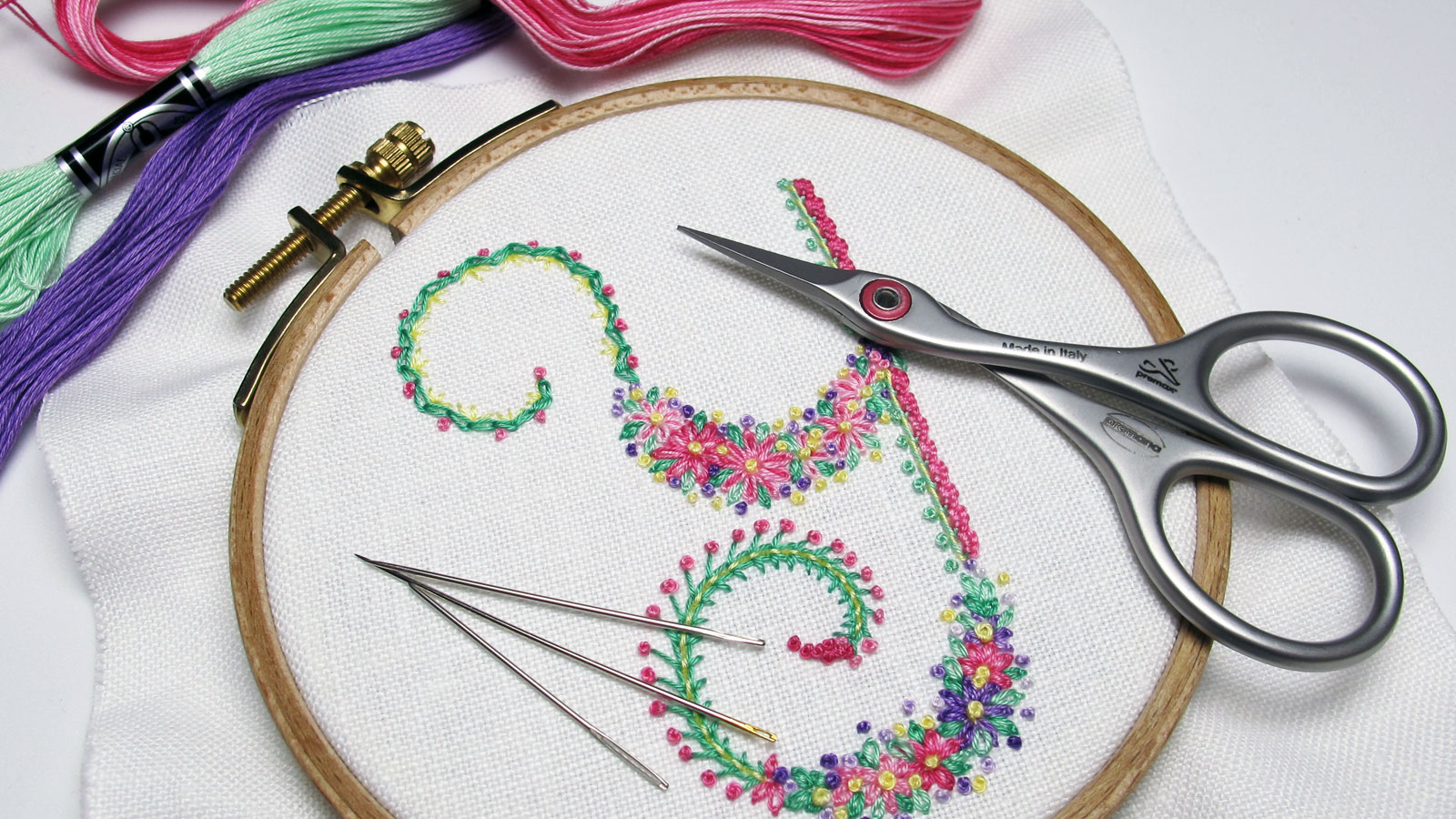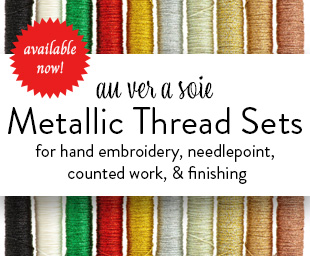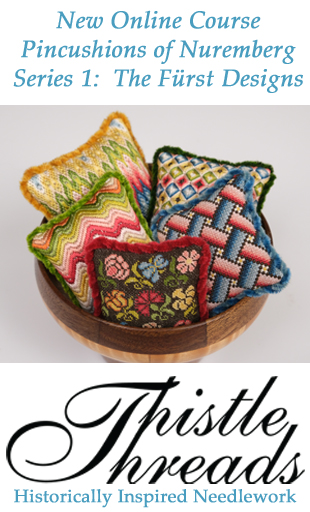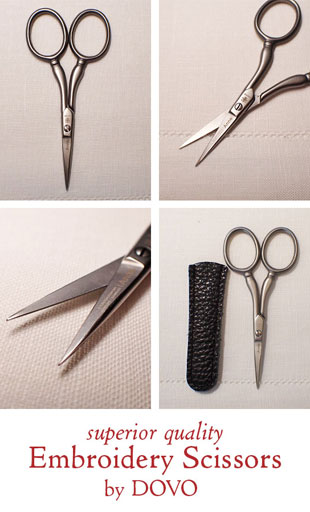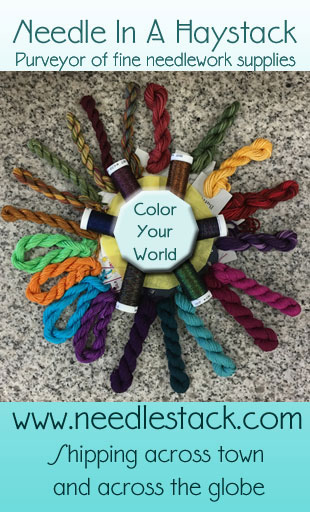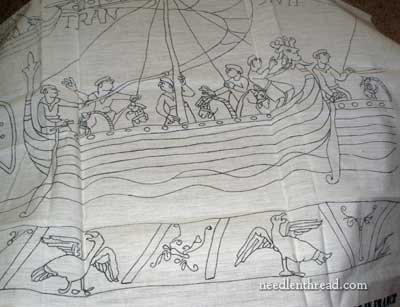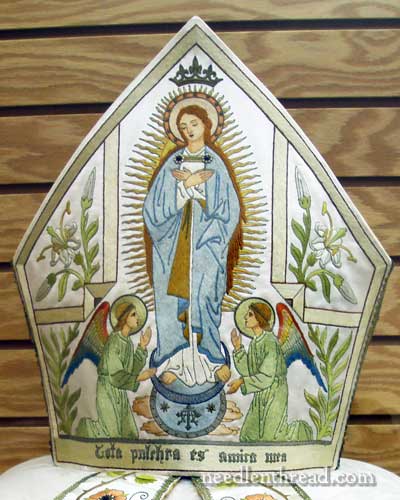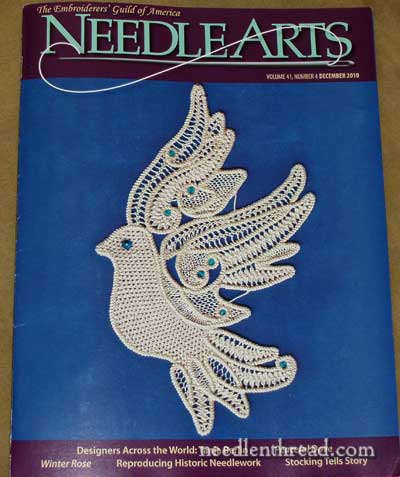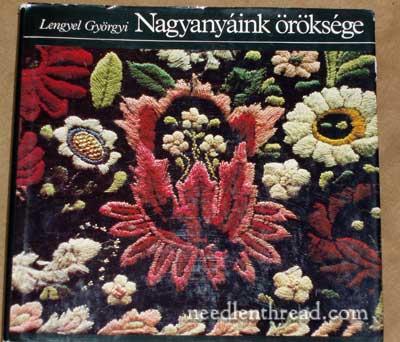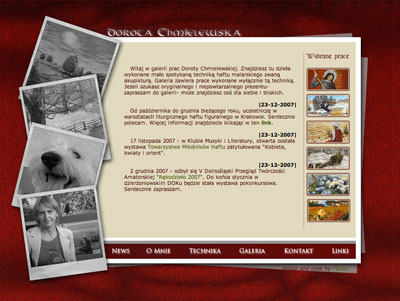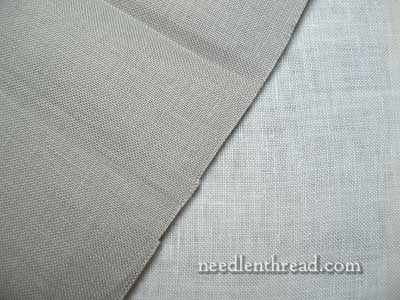December 10, 2010
Mind Your Own Beeswax… er, for Needlework
My sisters and I said that a lot as kids. I guess we thought that “mind your own business” was a bad thing to say… or maybe we thought “mind your own beeswax” was a funny thing to say (We were probably a bit nerdy in that regard.) In any case, it isn’t the most polite thing in the world to say!
I really don’t mean mind your own beeswax. In fact, what I mean is find your own beeswax. Beeswax is an essential ingredient for goldwork embroidery. It’s used to coat the stitching threads that hold the real metal onto the fabric. It helps protect the stitching thread from abrasion. To use beeswax for goldwork, run the stitching thread two or three times through your cake of wax, and then run it slowly through your fingers to smooth out any bumps of wax and kind of “melt” the beeswax onto the thread.
Beeswax is used for other needlework adventures, too. Hand quilters, for example, will often use it to stiffen sewing threads, to smooth them, and to prevent tangling. So it’s not just essential for goldwork – it’s also nice to have on hand in your needlework supplies for other needlework pursuits.
But there’s beeswax for embroidery, and then there’s Beeswax for embroidery. I don’t like the kind of beeswax that flakes all over the place. Even after running the thread through your fingers, inferior beeswax products tends to “peel” and flake off your thread as you stitch, leaving residue behind. No, no. It won’t do! For example, that pale yellow round of “beeswax” that comes in a clear plastic, slotted disk and is widely available in the notions section in sewing stores? There’s just something not right about it. It’s flaky. It’s pale. And did I mention that it’s flaky?
So instead of turning to your sewing notions aisle, where else can you find beeswax for your needlework?
